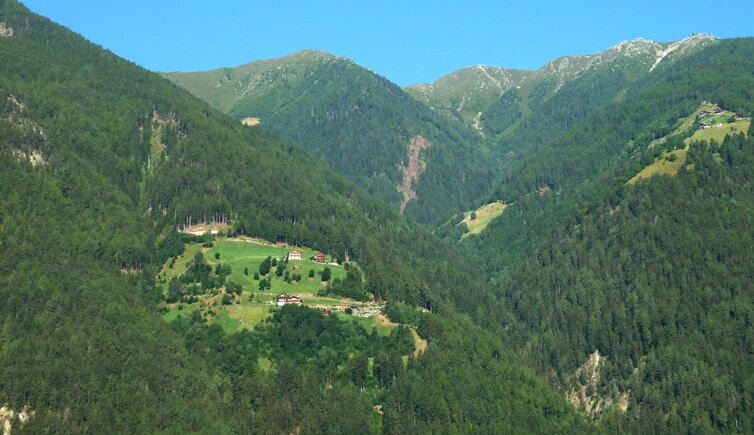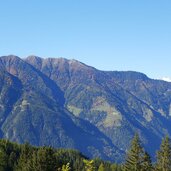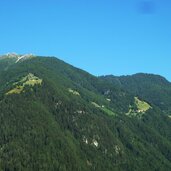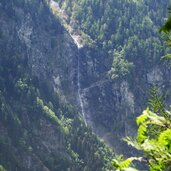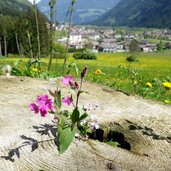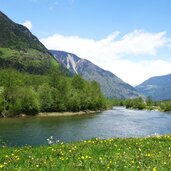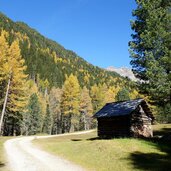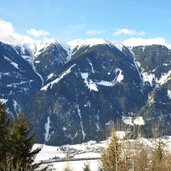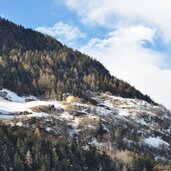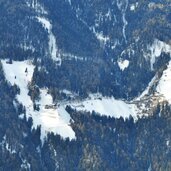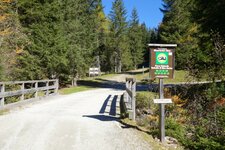The small village of Lana di Gais on the slopes above Villa Ottone is one of the most extreme examples of exposed mountain hamlets
Image gallery: Lana di Gais
When the view from Villa Ottone in the valley goes towards the mountain peaks, a few buildings come into view in the middle of it all. They are no more than small dots to the eye, because the farms of Lana di Gais (Lanebach) are located 700 metres higher than Villa Ottone. Above it, in the area of Mt. Kor and Mt. Sommo, the Rio di Mezzomonte stream starts its way into the valley.
Interestingly, Lana di Gais has a long history, but today it is still one of the most impassable and steepest settlements in the entire country. Only about a dozen inhabitants live here on the exposed slopes. The hamlet used to be known as "Lenepach", and the minnesinger Oswald von Wolkenstein already sang about it in the Middle Ages. In his song from 1418, he calls Lenepach a "sticklen berg in wilder höch", that's to say a steep mountain at a wild height.
In the vernacular, even today, irony is used to refer to the often arduous living conditions on the mountain. Lana di Gais is therefore a sight in itself - there are no accommodation facilities here.
